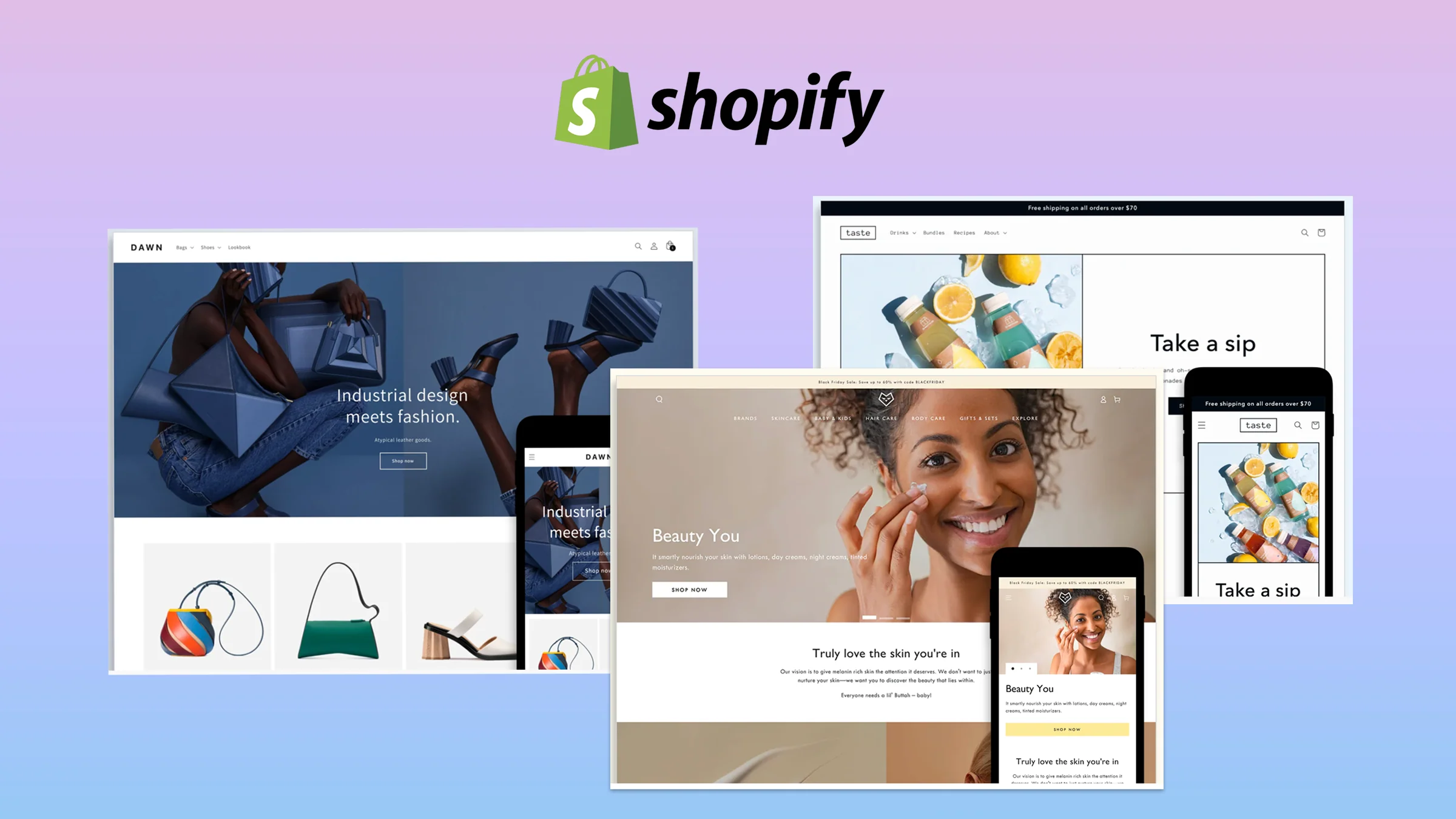Seamless Migration to Shopify Extensibility: A Comprehensive Guide
 August 01, 2024
August 01, 2024 Introduction
Migrating to a new platform or upgrading to a more advanced feature set can be a daunting task for any e-commerce business. Shopify Extensibility offers a robust suite of tools and APIs that allow for deep customization, making it a preferred choice for businesses looking to scale and optimize their online stores. However, migrating to Shopify Extensibility requires careful planning and execution to ensure a smooth transition. This guide will walk you through the essential steps and best practices for a successful migration to Shopify Extensibility.
Why Migrate to Shopify Extensibility?
Shopify Extensibility empowers merchants to customize their stores beyond the limitations of standard themes and apps. Whether you need to enhance your checkout process, integrate with third-party tools, or create a unique shopping experience, Shopify Extensibility offers the flexibility to do it all. Migrating to this platform allows your business to:
- Improve Performance: Customizations and optimizations tailored to your business needs can lead to faster load times and a better overall user experience.
- Enhance Functionality: With access to advanced APIs and development tools, you can create features that are specifically designed to meet your business goals.
- Streamline Operations: Integrate with third-party tools and automate processes to reduce manual work and increase efficiency.
- Future-Proof Your Store: As your business grows, Shopify Extensibility ensures your store can scale with you, adapting to new challenges and opportunities.
Steps to Migrate to Shopify Extensibility
Assess Your Current Setup
Before beginning the migration process, conduct a thorough audit of your current Shopify store. Identify the customizations, apps, and integrations you currently use and determine which ones need to be migrated or replaced. Documenting your existing setup will help you plan the migration more effectively.
Plan Your Migration
Create a detailed migration plan that outlines the steps you need to take, including timelines, resources, and potential risks. Consider how the migration will impact your customers and operations, and plan for contingencies. This plan should also include a backup strategy to ensure you can revert to your previous setup if necessary.
Leverage Shopify's Tools
Shopify provides a range of tools and resources to help with migration. For example, the Shopify App Bridge allows for seamless integration with external apps, while the GraphQL API offers a more efficient way to retrieve and update data. Use these tools to ensure your migration is as smooth as possible.
Rebuild Custom Features
During the migration, you'll need to rebuild any custom features using Shopify's extensibility tools. This may involve creating new apps, custom scripts, or leveraging Shopify Functions for backend customizations. Make sure to test these features thoroughly before deploying them to your live store.
Test in a Staging Environment
Before going live with your migrated store, set up a staging environment where you can test all aspects of your site. This includes checking for functionality, performance, and compatibility with third-party tools. Testing in a controlled environment helps identify and fix issues before they impact your customers.
Monitor and Optimize Post-Migration
After the migration is complete, closely monitor your store's performance and customer feedback. Use Shopify's analytics tools to track key metrics such as load times, conversion rates, and user engagement. Be prepared to make adjustments as needed to optimize your store's performance.
Best Practices for a Smooth Migration
Communicate with Stakeholders: Keep all relevant stakeholders informed throughout the migration process. This includes your team, customers, and any third-party partners.
Prioritize Data Integrity: Ensure that all customer data, order histories, and product information are accurately migrated. Any data loss or discrepancies can lead to significant issues down the line.
Plan for Downtime: While it's possible to minimize downtime, it's important to plan for it. Inform your customers in advance and choose a low-traffic period for the migration.
Utilize Shopify Experts: If you're not confident in handling the migration yourself, consider working with Shopify experts or partners who specialize in migrations. They can provide guidance and support to ensure a successful transition.
Conclusion
Migrating to Shopify Extensibility is a strategic move that can unlock new opportunities for your e-commerce business. By following the steps and best practices outlined in this guide, you can ensure a smooth and successful migration that sets your store up for long-term success. Whether you're looking to enhance your store's functionality, improve performance, or future-proof your business, Shopify Extensibility provides the tools you need to achieve your goals.
Note
In February 2023 we announced that checkout.liquid is deprecated, and that we’re moving to Checkout Extensibility, a new foundation for checkout that is more secure, performant, upgrade-safe, and customized using apps. Relying on obsolete checkout.liquid code past the deadlines below poses risks that may impact your business.
Required Upgrade Timeline
- August 13, 2024: Deadline to upgrade your Information, Shipping, and Payment pages.
- August 28, 2025: Deadline to upgrade your Thank you and Order status pages, including your apps using script tags and additional scripts.
For details on what happens for shops that do not complete the upgrade of their Information, Shipping, and Payment pages by the August 13, 2024 deadline, refer to the Impact of missing the August 13, 2024 deadline.






